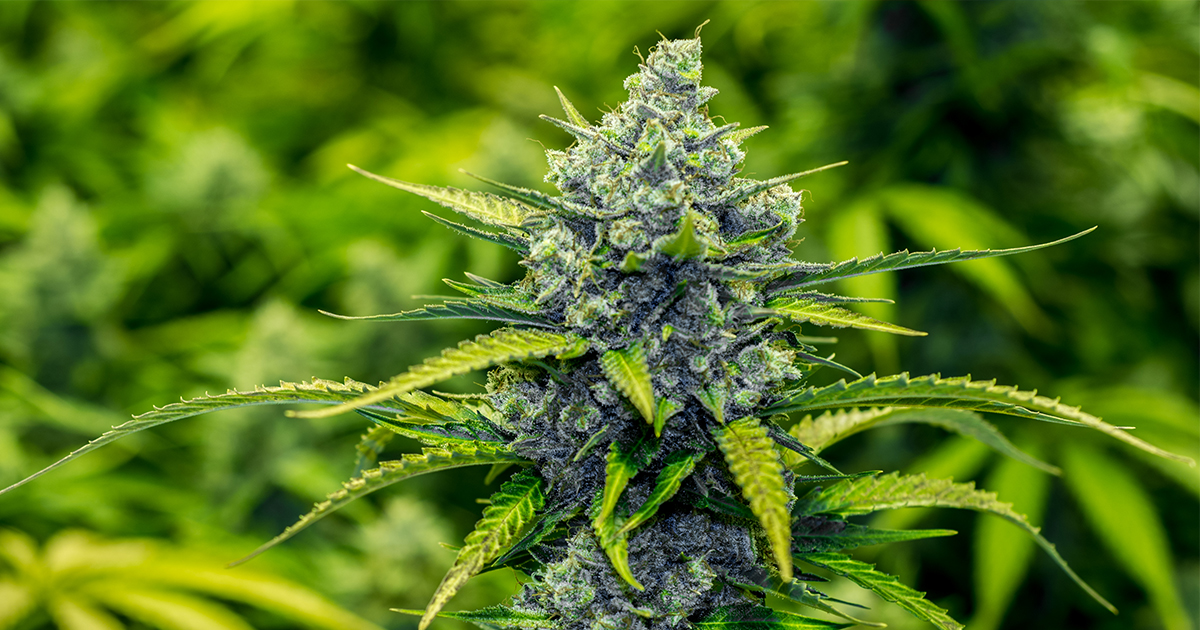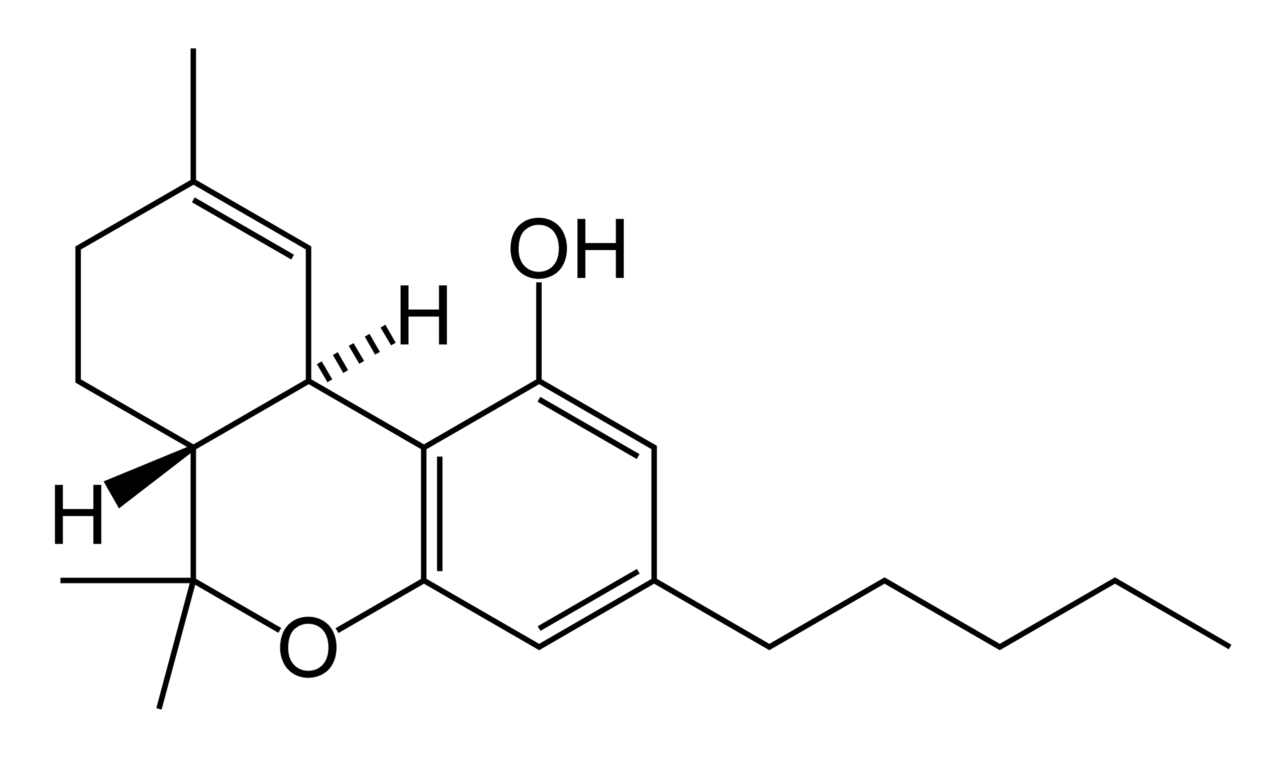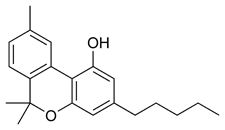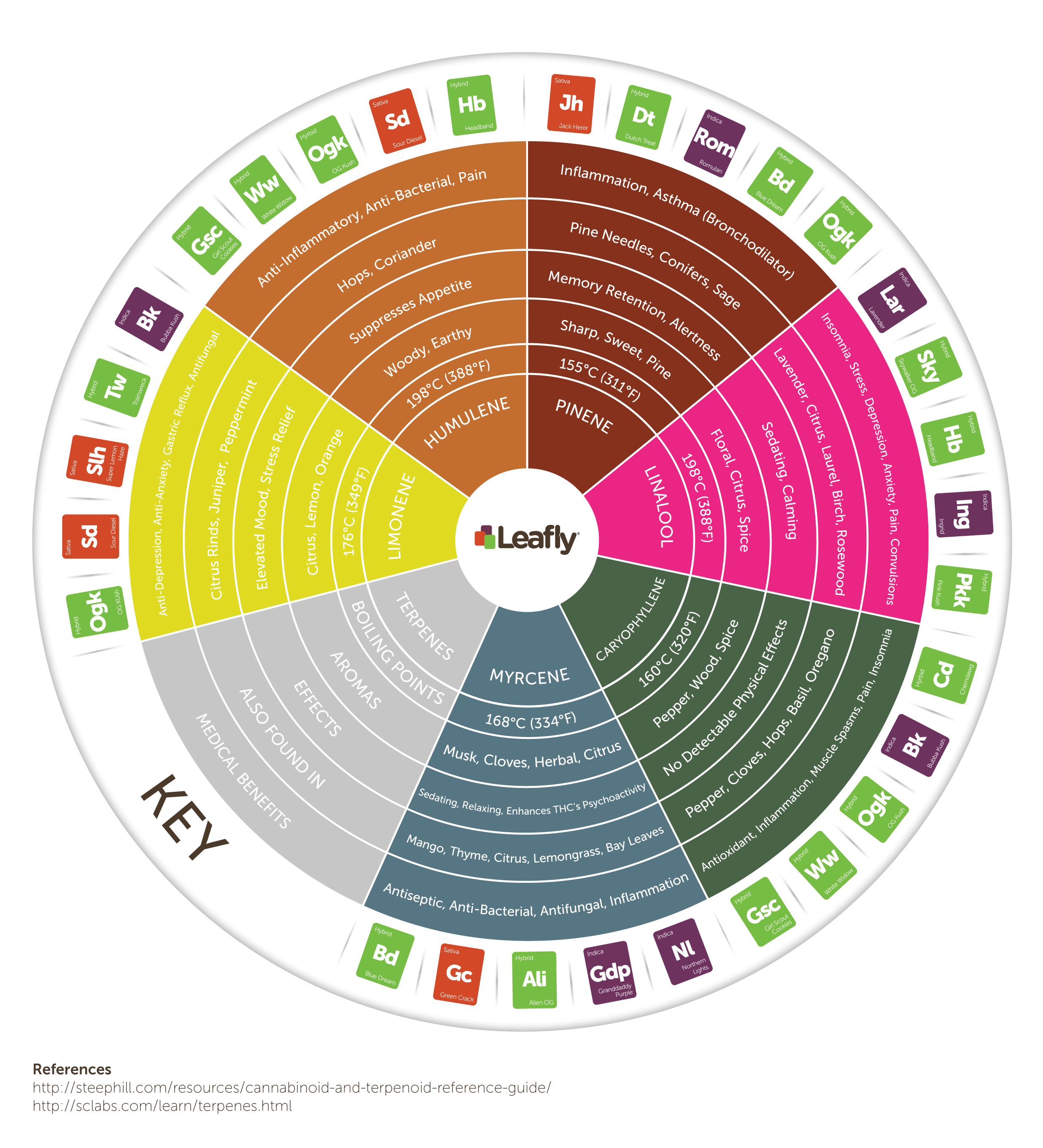What We Know About the Other Components of Cannabis

By:
Cannabis is a complex plant that contains more than 480 naturally occurring ingredients, including 66 exclusive components known as "cannabinoids". You're probably familiar with at least one — tetrahydrocannabinol, or THC, known for its psychoactive effects — but that's far from the only thing that marijuana has to offer.
 Flickr/Alex B - flickr.com
Flickr/Alex B - flickr.com
As researchers continue to explore the potential therapeutic benefits of cannabis, they're expanding their focus to include lesser known compounds. Here's a breakdown of what we know about some of the key ingredients in marijuana:
1. THC (tetrahydrocannabinol)
 Wikimedia - wikipedia.org
Wikimedia - wikipedia.org
This is, of course, the part of marijuana that gets you high. But it's also an effective and versatile therapeutic agent and has been used to reduce pain, relieve nausea, induce sleep, stimulate appetite, and decrease inflammation.
2. CBD (cannabidiol)
 Wikimedia - wikipedia.org
Wikimedia - wikipedia.org
CBD is the second most popular and well-known ingredient in cannabis. It's non-psychoactive, so strains containing mostly or only CBD are commonly used as alternatives for patients who don't want to get stoned. Like THC, CBD is a pain reliever that has anti-inflammatory properties. It's also effective at reducing the frequency of seizures and mitigating anxiety. Previous research has indicated that CBD decreases the psychoactive effects of THC.
3. CBN (cannabinol)
 Wikimedia - wikipedia.org
Wikimedia - wikipedia.org
CBN is produced when THC is degraded — after being exposed to oxygen or heat, for example. There's not a lot of CBN is cannabis; on average, less than one percent compared to up to 30 percent of THC. But even a small amount of the ingredient can have a significant, sedating effect. The cannabis analytics company Steep Hill Labs found that just five milligrams of CBN "is as effective as 10mg dose of diazepam, a mild pharmaceutical sedative," according to Leafly.
4. CBG (cannabigerol)
 Wikimedia - wikipedia.org
Wikimedia - wikipedia.org
As reported by High Times, recent studies have generated excitement about the potential medical value of CBG, another ingredient that only amounts to about one percent of cannabis, A 2015 study published in the journal Neurotherapeutics found that the component appears to have neuroprotective effects that could be used to delay the progression of neurodegenerative diseases such as Huntington's disease. Also, a 2014 study published in the journal Carcinogenesis found that CBG was found to hamper colon cancer progression and reduce cancer cell growth in mice.
5. Terpenes
.jpg?auto=format&crop=faces&fit=crop&q=60&w=736&ixlib=js-1.1.0) Wikimedia/Pavel Sevela - wikimedia.org
Wikimedia/Pavel Sevela - wikimedia.org
These are the oils that give each cannabis strain its unique aromatic profile. Over 100 terpenes have been identified so far — and the some of the most common types are myrcene, limonene, caryophyllene, linalool.
"The diverse palate of cannabis flavors is impressive enough, but arguably the most fascinating characteristic of terpenes is their ability to interact synergistically with other compounds in the plant, like cannabinoids," Leafly reported.
 Leafly - leafly.com
Leafly - leafly.com
Research into the therapeutic potential of individual terpenes is limited, but a 2011 study published in the British Journal of Pharmacology found that these ingredients can amplify the effects of certain strains and "display unique therapeutic effects" individually as well. The chart above, using data from Steep Hills Labs, identifies some of the medical benefits of the main terpenes found in cannabis.
"In the past few decades, most cannabis varieties have been bred to contain high levels of THC, and as a result, other cannabinoids like CBD, CBC, and CBN have fallen to just trace amounts. This has led growers to believe that terpenes help account for the unique effects induced by each cannabis strain."
